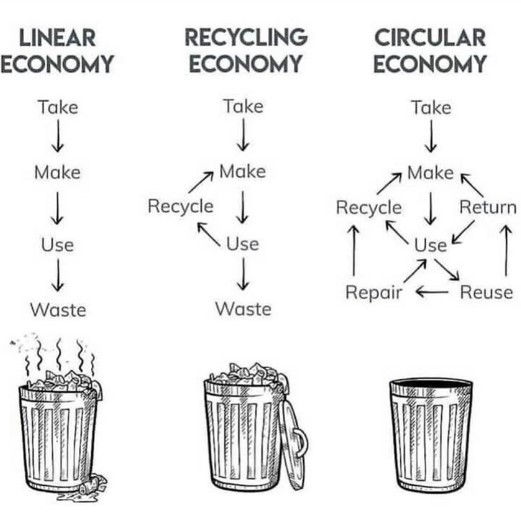Looking at recycling at a molecular level
- ZeLoop
- Jan 18, 2021
- 3 min read
It is no curate’s egg or a matter of question that more than 60% of all our plastic, which accounts for around 8,700 million metric tonnes, is being dumped into landfills or just rests upon oceans. To add a little more perspective, this roughly means that around 400 kg of plastic waste is being generated for every person present currently. Shocking, isn’t it? To make matters worse, even the recyclable plastics are being sent into landfills or dumped into the oceans which is where we highlight today why recycling can play a significant role in the plastic problem.
A different type of recycling, called chemical recycling, has the potential to bring back life to our plastic waste. Traditional mechanical recycling grinds down the plastic matter into much smaller pieces which are reused as starting material for another product or more plastics. Chemical recycling works a little differently than this. This form of recycling breaks down the plastic present into much smaller pieces down to a “molecular level” which are termed as platform molecules. These platform molecules can then be used to make other materials and broaden the horizons for the type of objects that can be made from scratch.

Plastics are made up of smaller molecules known as polymers which are consequently made of even smaller molecules called monomers. So simply putting, the smallest part of the plastic is a monomer made up mostly of carbon and hydrogen. While recycling is an apt solution, it needs to be carried out in a way that creates less carbon and solves the issue rather than creating an issue bigger than what it is trying to solve.
Each of these monomers differs in properties depending on their inner bonding. This is why the characteristics of the recycled material such as its melting temperature vary depending on the monomer it is made up of.
A process known as pyrolysis is usually used in industries to break down these molecules because they require a hefty amount of energy. This process ensures a very strong control over the reaction mechanics occurring. Biological processes and the enzymes from that can also be implemented but they require the use of biological organisms that need to be kept alive and monitored thoroughly. However, a much newer method uses iron nanoparticles to turn black plastic (one of the most difficult forms of plastic to recycle) into carbon nanotubes which can then be used to build electrical material and transmit data.
With time, newer technologies are emerging that allow you to recycle and change the form of one thing into something useful or even into the same object. Chemical recycling can be used to complement mechanical recycling especially because smaller, reduced particles tend to get stuck inside machinery causing more harm than good. Chemical or enzymatic recycling allows recycling bottles to new bottles nearly endlessly without property deterioration making the circular economy of plastic a reality.
Since plastics are an inevitable part of our life, the only way to be a part of the solution is to recycle them. Once these little techniques are more widely adopted on a commercial scale, it will indefinitely become easier to recycle the plastic waste produced. The first step in recycling is to ensure the plastic is not unlawfully dumped into oceans and sent to recycling bins. ZeLoop is an app that rewards you for doing just that helping to close the loop of the circular economy. Join the ZeLoop community and become a part of this great change.



Comments